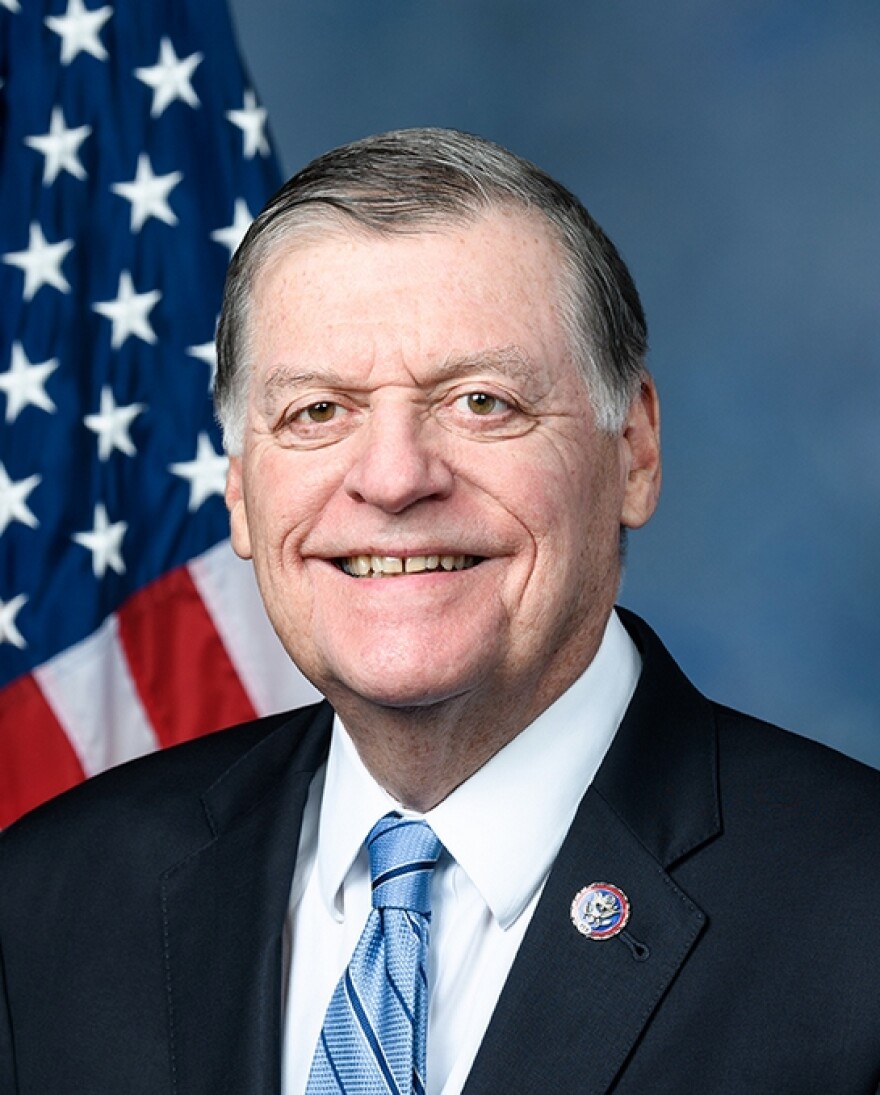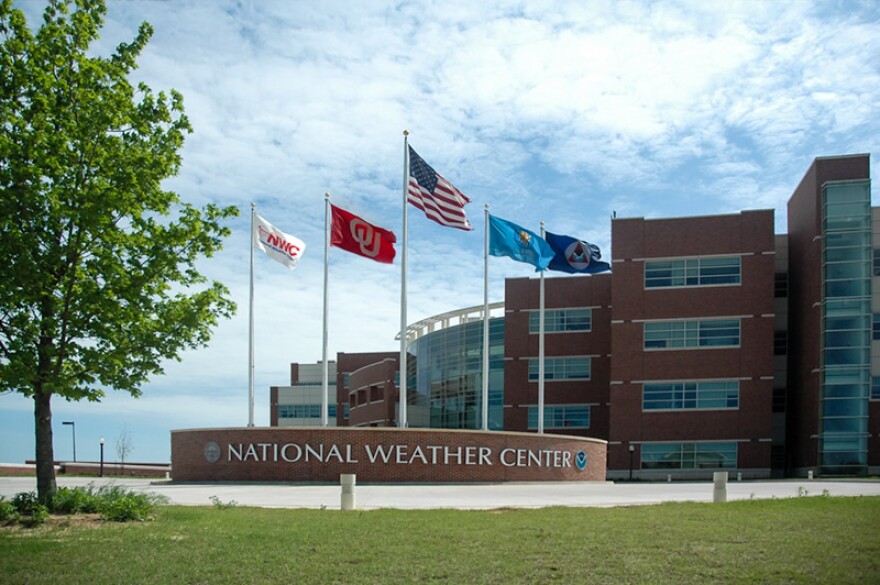Despite recommending the restoration of nearly $1.3 billion in previously threatened funds, a spending plan prepared by a House appropriations subcommittee would still cut $380 million from the budget of NOAA– jeopardizing key weather and climate programs even as it backed away from deeper reductions sought by the Trump administration.
The outcome of that discussion could be critical for the University of Oklahoma and hundreds of its employees.
NOAA currently provides roughly 20% of University of Oklahoma’s research funding. At the university’s Norman campus alone, NOAA supports 73 active projects totaling $274 million, with $28 million spent annually. In total, the agency has contributed to over 240 research projects in the past decade and supports more than 900 jobs in the area.
While Trump’s original proposal aimed squarely at dismantling federal climate efforts, the House subcommittee version offers less detail but still includes language to “terminate a variety of climate-related research, data and grant programs.”
“The 6% reduction in funding all but ensures that NOAA will continue mass layoffs, paralyzing the agency’s ability to respond to the environmental, ecological and extinction crises,” Rachel Rilee, oceans policy specialist at the Center for Biological Diversity in Tucson, Arizona, said in a statement.
The cuts could severely impact efforts at the Cooperative Institute for Severe and High-Impact Weather Research and Operations, the largest research center at the University of Oklahoma.
Other research institutions including NASA, the National Science Foundation and grant programs like National Institute of Standards and Technology Circular Economy initiative are also facing proposed cuts or full elimination under the subcommittee’s markup of the bill.
U.S. Rep Tom Cole (R-Moore), the chair of the House appropriation’s committee whose district includes many operation centers under the NOAA umbrella, has promised protections for Oklahoma’s weather infrastructure and the people behind it.
The Appropriations committee led by Cole is scheduled to meet on Thursday to begin the process of reviewing the subcommittee recommendation that will not only include the budget for NOAA but also for the National Science Foundation, NASA and the Department of Justice.

Scientists and researchers are bracing for impact ahead of Thursday’s markup- where key funding decisions could determine whether climate and weather research programs survive or stall.
While the meeting is still scheduled for Thursday morning, a House decision to adjourn a day early for the August recess could affect the committee hearing.
The Trump administration is also pushing to cap indirect cost reimbursements at 15%, a move aimed at slashing federal research spending that could force universities to scale back projects, cut staff or stop applying for federal grants altogether.
“You’re going to be fine in our bill. We’re going to protect it, and we’ll be coming out in the next few weeks,” he said in regards to National Weather Service offices in Norman during a Norman chamber of commerce event.
He assured reporters that the basic funding structure and the basic employment “stuff” is going to be okay.
“[The National Weather Center] is not going anywhere, and it’s going to be fully staffed and maintained.”
While Cole worked to reassure constituents, he acknowledged that grant control lies with the executive power of the Trump administration, leaving several programs within the National Weather Center potentially vulnerable.
Daphne LaDue, Senior Research Scientist at the Center for Analysis and Prediction of Storms at the University of Oklahoma, said more basic research is a critical precursor to what NOAA funds. It is generally funded by the National Science Foundation, which is facing a 10% cut in this bill.
For LaDue and her team, forecasting isn’t just about science- it’s about safeguarding lives before the sirens sound. LaDue is part of the quiet engine behind every early warning that’s now facing threats to their research.
Historically, the priorities of NOAA’s research labs and research grant opportunities are set in collaboration with NWS and are carefully curated each year to be responsive to where their needs and a “fairly mature” state of scientific development coincide, per LaDue.
“NOAA funds the most promising research to assure it is carried forward to improve NWS operations to serve Americans,” she said.
The House’s proposal for NOAA is $5.795 billion; $4.152 billion goes to NOAA research, which includes funding of the Office of Atmospheric Research (OAR) which houses the severe storms laboratory and also includes money for grants to the Cooperative Institute, the partnership between NOAA and The University of Oklahoma. Affecting future construction heavily, there is a 7.55% decrease in procurement, acquisition and construction, which is $129.967 million below the FY25 enacted level.
The subcommittee justified a portion of the cut as "reducing spending on reckless climate change efforts.”
NWS relies on a robust research and development portfolio from National Severe Storms Laboratory, its sister research labs including the Global Systems Lab in Boulder, which is now facing its own threats, and a significant number of individual research grants given to university research teams across the U.S.
Gaylord News is a reporting project of the University of Oklahoma Gaylord College of Journalism and Mass Communication. For more stories by Gaylord News go to GaylordNews.net.








